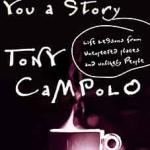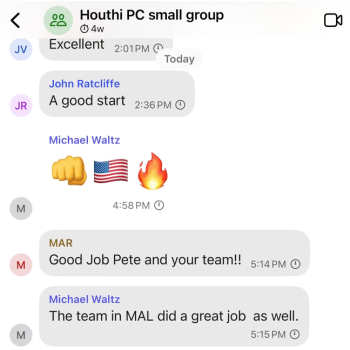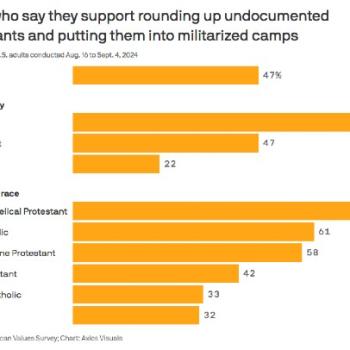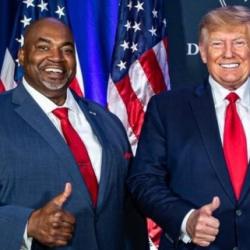Alec MacGillis studied more than 500 videos recorded and posted by Trump-worshipping insurrectionists who invaded the Capitol on January 6 and wrote about them for ProPublica, “Inside the Capitol Riot: What the Parler Videos Reveal.”
MacGillis wrestles with the absurd horror of what he (and we) all witnessed, the weird mix of goofy credulity and violent lawlessness, of hate and folly, determination and fecklessness. And with the recognition that these are our neighbors — people who live and work and worship among us. It’s a thoughtful, insightful, unsettling piece. Read the whole thing over at ProPublica where you can click through to watch all of the referenced videos, all archived here as well.
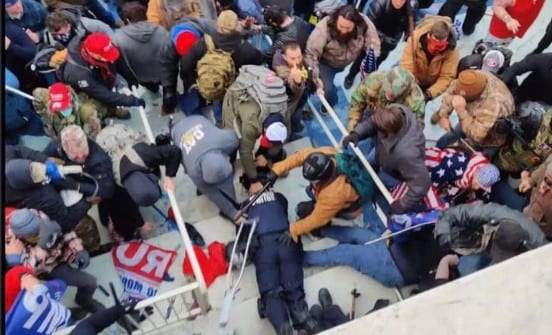
Here’s a taste of MacGillis’ essay:
What struck me most about them is just how much this assemblage of people assaulting the Capitol reminded me of people I had seen and spoken with over the years at regular Republican campaign events, going all the way back to Sarah Palin’s electric appearances in 2008. At my first Trump rally in 2016, at an airplane hangar outside Dayton, Ohio, I had been amazed by the cross section on display: There were husbands in golf caps with well-manicured wives, frat boys, fathers with sons. All of them, all that year, had thrilled to Trump’s toxic rambles about heroin-toting Mexicans, Democratic voter fraud (a theme he had picked up from plenty of more conventional Republican politicians) and “the swamp” in Congress. Never mind that the Republican Party controlled the lower chamber of the legislature for eight years of the decade and the upper chamber for six.
And now here were many of the same people, or at least, the ones with the means and will to make the trip, a sort of travel-team self-selection of the usual crowds, combined with ranks of the white-supremacist warriors who had descended on Charlottesville, Virginia, in 2017. As at all those rallies, there were the rootless young men spoiling for a fight, and there was also a huge range of more bourgeois sorts — from people who presented as suburban dads to one real estate agent who flew in by private plane, announcing her plans to “storm the capitol” on Facebook — eager for a spectacle, or something more. And they were saying the same things I’d been hearing from them for years.
Except there was one difference: They were actually there, in Washington, at the Capitol — the very targets of their rhetorical fury all those years. And one way of looking at the videos is that they are the story of thousands of people discovering the connection between the rhetoric and the fact of their presence there, at the actual building. Some are so stunned by the connection that they don’t really know what to do about it and mostly hang back. Many others respond to the sudden proximity as if a forgotten, dust-covered cord had been plugged into a power source. They feel the inexorable surge, and they advance.
… Our house. It is the most dominant phrase of any of the chants shouted by the mob as it presses into the Capitol. It is an expression of entitlement — white nativist entitlement, as many have noted: This is our house, our country. It’s the entitlement that leads one invader to pick up a phone in a Capitol corridor in one video and say: “Can I speak with Pelosi? Yeah, we’re coming for you, bitch. Mike Pence? We’re coming for you too, fucking traitor.”
What is striking about the videos, though, is how often this entitlement is laced with insecurity. The attackers profess ownership of this house, but so much of their commentary betrays discomfort and alienation within it, bordering on a sort of provincial awe. “This is the state Capitol,” a man says to his young female companion inside the visitor center, his struggle to grasp the grandeur of the place encapsulated in his incorrect terminology.
Much of that essay reminds me of one of the best early pieces I saw about the strange horror of the January 6 insurrection. Writing for GQ, Cam Wolf interviewed Arieh Kovler, a political consultant who — more than two weeks before the riot — that “It’s highly likely that they’ll try to storm the Capitol after it certifies Joe Biden’s win. I don’t think this has sunk in yet.” That interview is here: “The Man Who Saw the Coup Attempt Coming Is Only Surprised It Wasn’t Much Worse.”
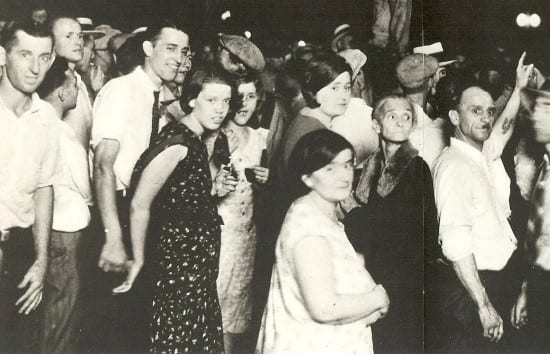
Kovler stresses that the chaotic, angrily confused mob mirrored the chaotic, angrily confused mind of the president who summoned them there:
They thought, “This is the thing we have been asked to do. Trump is telling us to do this, so we have to do it.” But more than that, it must be important enough, the key to his winning. Because why would he ask us to come to Washington if it wasn’t part of the plan? It wouldn’t make any sense. There’s a trend among the Trump fans—it’s almost religious—to see him as basically infallible and any mistakes are caused by bad people around him. He wouldn’t be calling us to Washington unless there was a purpose that would ultimately end in him winning the election.
So they saw that, and are convinced they’re coming in order to win the election. Or perhaps they’re going to be an army. You can see the discussions around this: “Why has he asked us to come? Surely there’s a reason.” They would say, “Should we bring guns? Is he asking us to bring guns? But maybe he doesn’t want us to be armed because if we’re armed we’ll get in trouble, and we need to be there.”
As Kovler studied right-wing online forums leading up to January 6, he says:
You could see the discussion become less abstract. By last week, these people were sharing maps of D.C. They were talking about having enough of them that they would be able to erect basically their own cadre around the entire area of Congress. They had a map of the tunnels [in the basement of the Capitol], and they were talking about how they’re going to be able to stop Congress from leaving. They imagined that this was the day there were going to be mass executions of Congressmen.
But a lot of them also just imagined they were going to be there for this historic time when Trump pulled away the curtain and revealed that all of Congress were traitors and then took his just and equal revenge. There were a variety of characters: people who were there to watch Trump gain control and people who thought Trump would win, but only by activating the military, [with] a proper military coup that they supported. They thought they were there to go and purge Congress. They were there to stop the certification. They were there to punish those who went against Trump. When you put them all together, you get this explosive mixture.
Like MacGillis, Kovler is struck by the way the mob included both those who were violent insurrectionists intent on killing and those who seemed more like spectators. Much of the mob, perhaps, was somewhere in the fuzzy region in between those two things — watching to see which way things would break and willing to go along with either direction if that’s how the rest of the mob went.
Which is why I think Michael Harriot cuts to the core of exactly what it was that MacGillis and Kovler and the rest of us saw:
They.
Tried.
To.
Overthrow.
The.
Government.
With.
A.
Lynch.
Mob.And then cried about it.
— Michael Harriot (@michaelharriot) January 13, 2021
It was a lynch mob. Some were there to hold the rope, others were there to hold their cloaks. And the whole thing was tinged with twisted smiles of twisted glee that this violence and “nativist entitlement” was possible for them to engage in with no worries about legal or social consequences.
None of that is new. It was an attack on the Capitol of America and an attempt to violate the Constitution of America, but it was also, essentially, a lynch mob, and therefore it was as American as apple pie.
Overthrowing the government with a lynch mob is not unprecedented here in America. It has happened before in countless towns and cities and counties and whole states in this country, where violent white mob rule overruled the rule of law for generations. What was unprecedented was the attempt to repeat that on a national scale.
And the tears. “And then cried about it,” Harriot said. Those tears were tears of frustration and confusion. Frustration because their confused and chaotic attempt at a coup had failed, and confusion because that attempt and its failure might actually mean something this mob had previously never thought possible: consequences for their actions.



